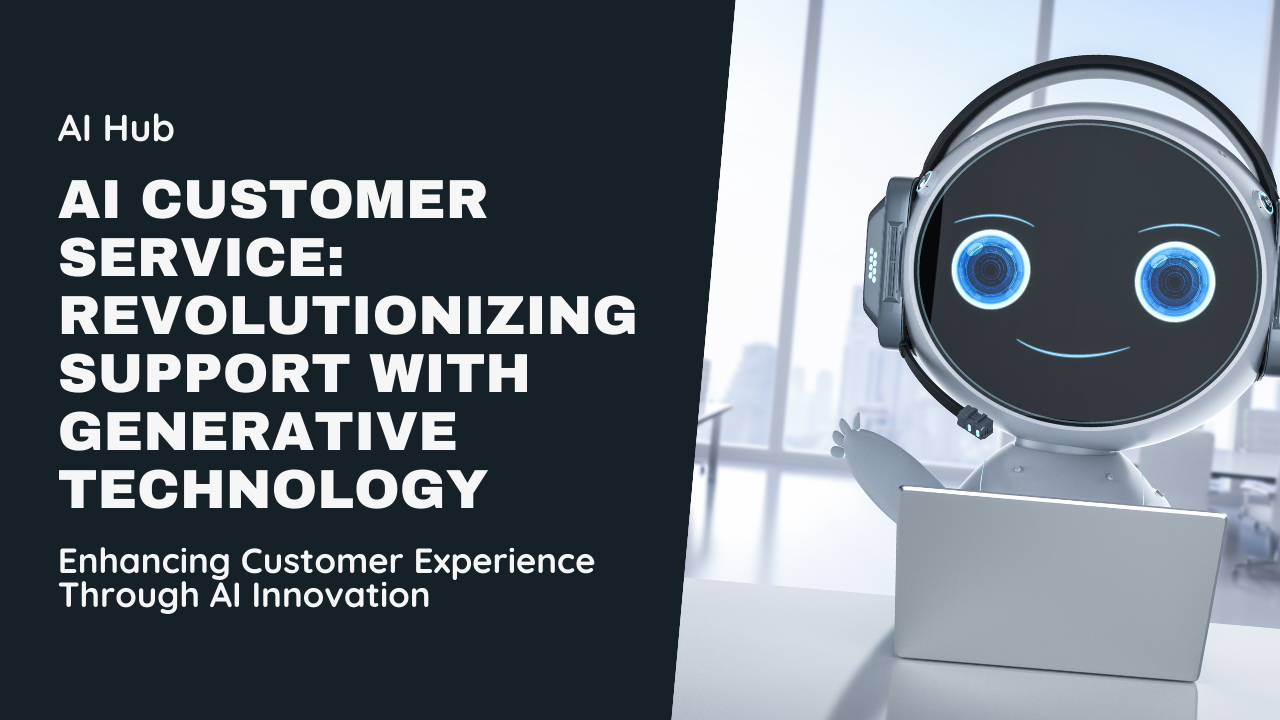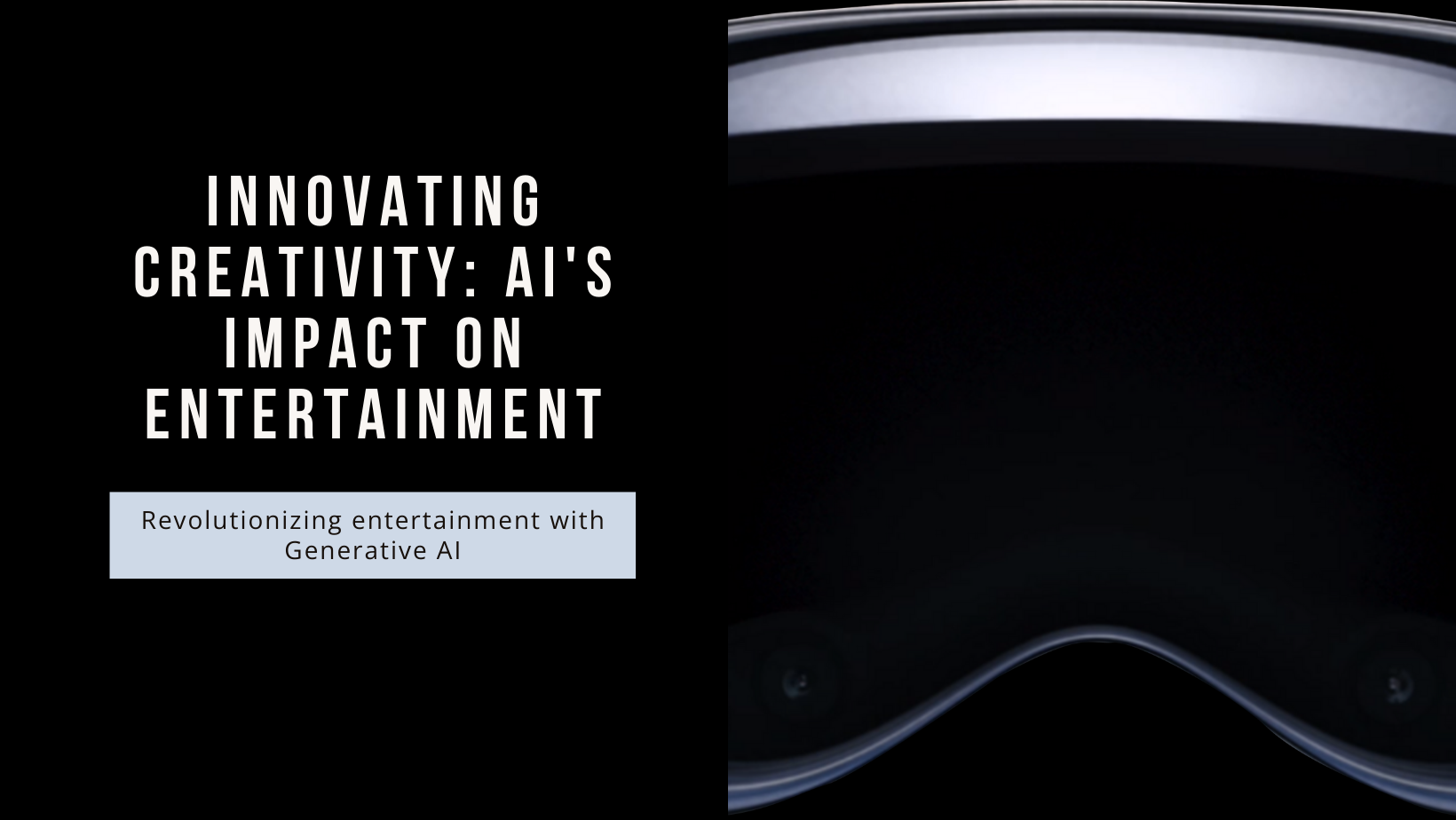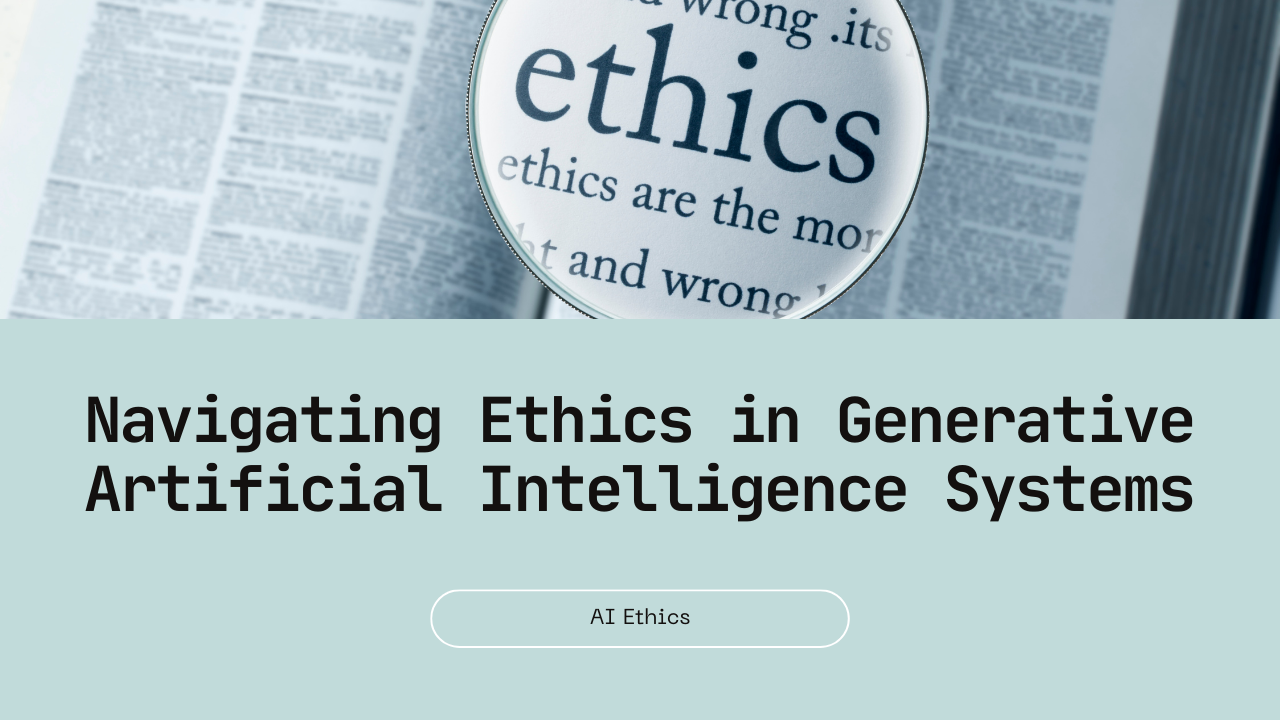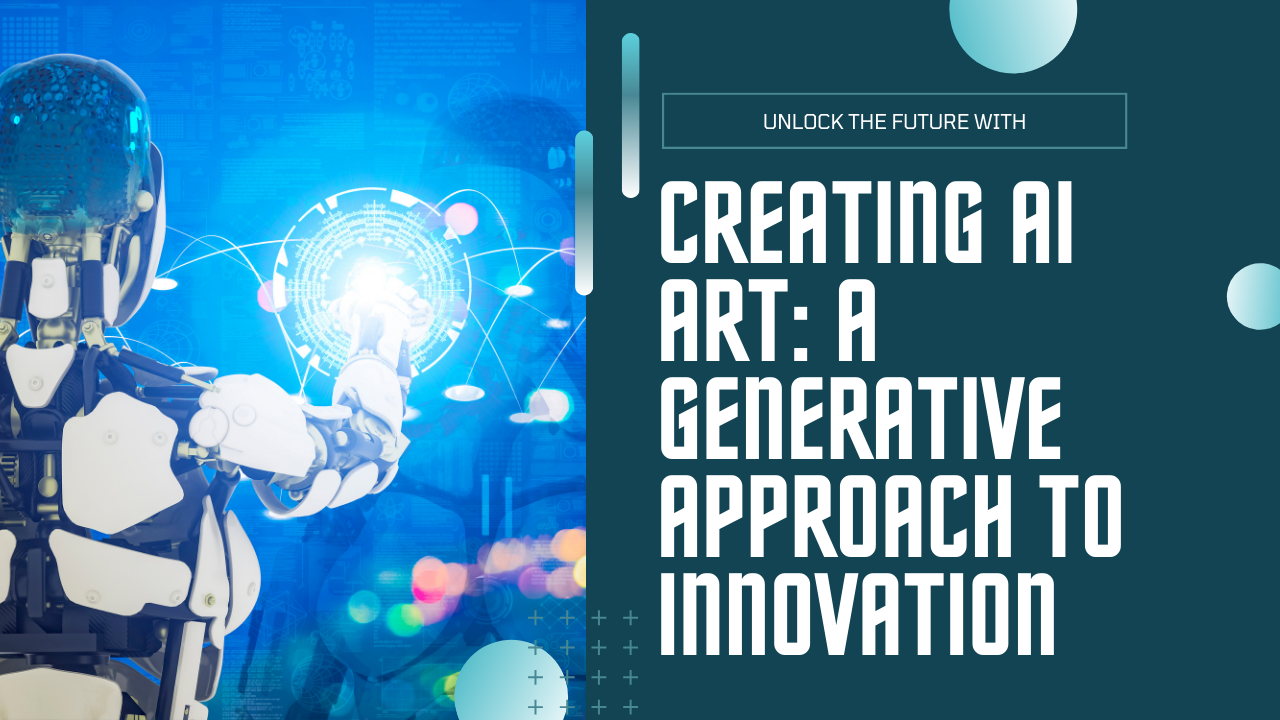In the rapidly evolving landscape of artificial intelligence, Generative AI stands out as a powerful tool capable of creating new content, designs, and solutions autonomously. Training Generative AI models effectively is essential to harnessing their full potential and achieving desired outcomes. This blog explores the intricacies of training Generative AI models, providing a step-by-step guide and best practices recommended by Sodio Technologies.
Understanding Generative AI Training
Generative AI involves training machine learning models to generate new data instances, such as images, text, or audio, based on patterns and examples learned from vast datasets. Unlike traditional AI, which relies on supervised learning with labeled data, Generative AI often employs unsupervised or semi-supervised learning techniques to infer patterns and generate outputs autonomously.
Steps to Train Generative AI Models
Training Generative AI models requires a systematic approach, careful data preparation, and optimization of model architecture. Here’s a comprehensive guide to help you navigate the training process effectively:
Step 1: Define Objectives and Use Cases
Before embarking on training, clearly define the objectives and use cases for Generative AI within your organization. Identify specific tasks or challenges that Generative AI can address, such as image synthesis, natural language generation, or creative design.
Step 2: Data Collection and Preparation
Collect and curate high-quality datasets relevant to your training objectives. Data quality and diversity are crucial for enhancing model accuracy and generalization. Ensure data sets are labeled appropriately if using supervised learning methods, or prepare unstructured data for unsupervised learning tasks.
Step 3: Choose the Right Generative AI Framework
Select a suitable Generative AI framework or architecture based on your project requirements and technical expertise. Common frameworks include:
- Generative Adversarial Networks (GANs): Ideal for tasks requiring realistic image generation and creative design.
- Transformers: Effective for natural language processing tasks, such as text generation and language translation.
- Autoencoders: Useful for data compression and reconstruction tasks, enhancing feature extraction capabilities.
Step 4: Model Design and Architecture
Design the architecture of your Generative AI model based on selected framework and objectives. Define network layers, activation functions, and optimization algorithms tailored to your dataset and computational resources. Consider leveraging pre-trained models or transfer learning techniques to accelerate training and improve model performance.
Step 5: Training and Optimization
Initiate model training using appropriate hardware resources, such as GPUs (Graphics Processing Units) or cloud-based platforms, to expedite computation. Monitor training progress, adjust hyperparameters (e.g., learning rate, batch size), and implement regularization techniques to prevent overfitting and enhance model generalization.
Step 6: Evaluation and Validation
Evaluate the performance of your trained Generative AI model using validation metrics relevant to your specific task. Assess output quality, accuracy, and consistency against predefined benchmarks or ground truth data. Iterate model training and fine-tune parameters based on validation results to optimize performance.
Step 7: Deployment and Monitoring
Deploy the trained Generative AI model into production environments, integrating it into existing workflows or applications. Implement monitoring mechanisms to track model performance, detect anomalies, and ensure continuous optimization over time. Regularly update and retrain models to adapt to evolving data patterns and maintain relevance.
Best Practices for Training Generative AI Models
- Data Augmentation: Enhance dataset diversity and size through data augmentation techniques, such as image cropping, rotation, or text paraphrasing.
- Regularization: Apply regularization techniques, such as dropout or weight decay, to prevent overfitting and improve model robustness.
- Transfer Learning: Leverage pre-trained models or transfer learning approaches to bootstrap model training, reduce training time, and improve convergence.
- Ethical Considerations: Ensure ethical use of Generative AI by addressing biases in training data, maintaining data privacy, and adhering to regulatory guidelines.
Conclusion
Training Generative AI models requires a strategic approach, technical expertise, and adherence to best practices to achieve optimal results. By following these steps and leveraging insights from Sodio Technologies, businesses can unlock the transformative potential of Generative AI, driving innovation, and achieving competitive advantage in their respective industries.
As technology continues to advance, Generative AI remains a cornerstone of AI-driven innovation, offering limitless possibilities for creative expression, problem-solving, and business growth. Embrace the future of AI with Sodio Technologies and harness the power of Generative AI to propel your organization forward in the digital age.
Contact us today to explore how Sodio Technologies can support your Generative AI initiatives and accelerate your journey towards AI-powered success.







